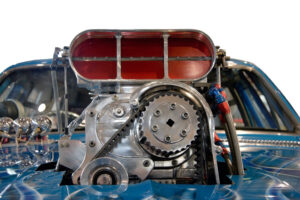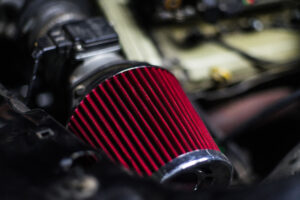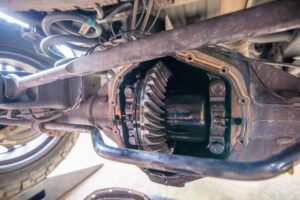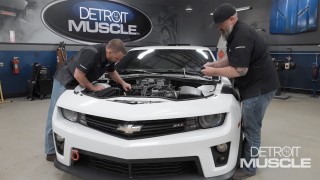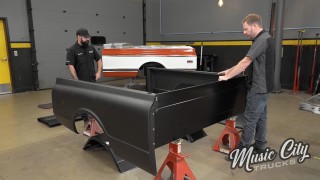What’s the Deal With Different Octane Ratings at the Pump?
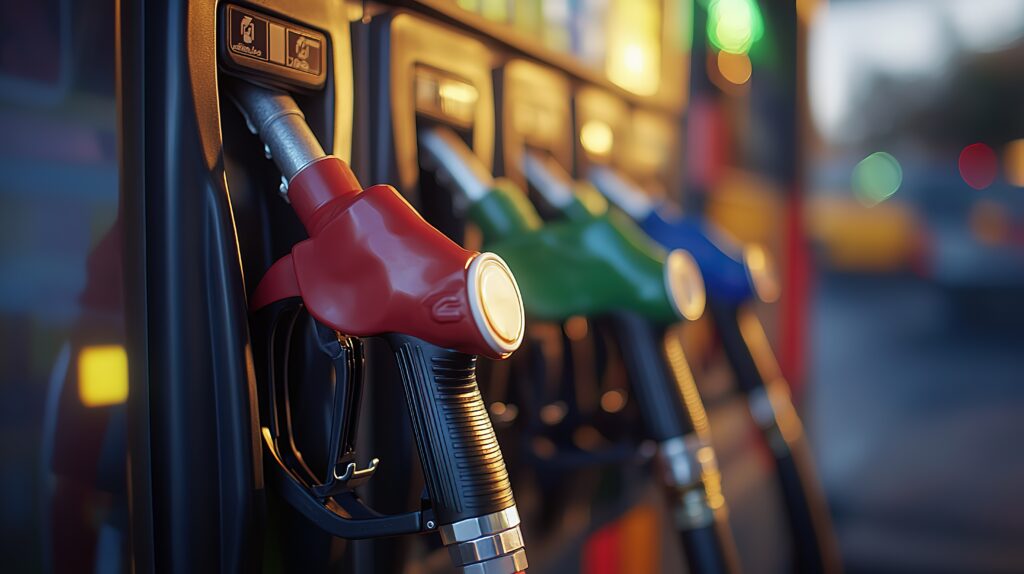
If you’ve ever pulled up to the gas station and stared at the pump wondering if you really need to pay extra for the 93 octane, you’re not alone. Most drivers just hit the regular button and move on, but for gearheads, high-performance builders, and anyone who cares about what’s going into their ride, octane ratings matter. Let’s break it down—what octane really means, why it matters, and whether you’re getting the most out of your fuel choice.
Table of Contents
What Is Octane Anyway?
Octane is a measure of a fuel’s ability to resist “knock,” or pre-detonation, during combustion. Knock happens when the air-fuel mixture in the cylinder ignites too early—before the spark plug fires. This can rob your engine of power and, over time, do some serious damage. The higher the octane rating, the more resistant the fuel is to knocking.
Here in the U.S., you’ll typically see three octane ratings at most gas stations:
- Regular (87 Octane)
- Mid-Grade (89 Octane)
- Premium (91-93 Octane)
Those numbers represent the average of a fuel’s research and motor octane ratings (R+M)/2, a standardized method of measurement in the States.
Who Needs What?
Regular 87 Octane is perfectly fine for most daily drivers—your basic sedans, compact SUVs, and non-turbo trucks. If your owner’s manual says “regular unleaded,” you’re good to go with 87. Using a higher octane than what’s required won’t give you more horsepower or better gas mileage. That’s a myth.
Mid-Grade 89 Octane is kind of a middle-ground option. Some automakers recommend it for certain V6s or light turbocharged engines. It can also be useful for older engines with carbon buildup or slight timing issues that cause light knock on 87.
Premium 91-93 Octane is designed for high-compression engines, turbocharged and supercharged builds, and performance vehicles like muscle cars, sports cars, and trucks tuned for power. If your engine is built for premium and you cheap out with regular, you could end up with reduced performance, lower fuel economy, or worse—engine damage.
Bottom line: always use what your engine was tuned for. If you’ve got a high-performance build with advanced timing or forced induction, don’t cut corners with fuel.
Can Higher Octane Make Your Car Faster?
Let’s kill a common myth right here: running premium fuel in an engine that only requires regular won’t make it faster or more powerful. Unless your engine’s knock sensor is pulling timing on 87 and letting it advance on 93, you’re just throwing money away.
However, if your vehicle has a tune that adjusts ignition timing and fuel delivery based on octane, or if you’re running boost, then higher-octane fuel can allow for more aggressive performance settings. That’s why race cars and built street machines often run on race fuel or E85—they can push the envelope because of the fuel’s resistance to knock.
What About Ethanol?
Most pump gas in the U.S. contains up to 10% ethanol (E10). It’s added to help with emissions, but it has a lower energy content than pure gasoline. That means slightly reduced fuel economy, but modern vehicles are built to handle it.
If you see E85, that’s a whole different beast—85% ethanol and 15% gasoline. E85 has a much higher octane rating (around 105), which is great for forced-induction builds—but it also requires special tuning and fuel system upgrades.
Know Before You Fill
The next time you’re at the pump, think about what your engine actually needs. Octane isn’t about “better” fuel—it’s about the right fuel for your compression ratio, ignition timing, and performance goals. Whether you’re driving a boosted Coyote, an LS-swapped Nova, or just hauling parts in your old F-150, the right fuel helps your engine perform its best without leaving power—or longevity—on the table.
So yeah, that little number on the pump? It matters more than you might think.

